As a wrap-up of the Coleman Brothers Archives, I wrote the following entry to the Medical Historical Library blog:
http://historical.medicine.yale.edu/featured/colemanI had to do some fact checking on the doctors' biography as well as on the history of the Yale Medical Institute. My audience, I expected, would be readers somewhat familiar with noted names in the field, so I also verified the credentials of the correspondents and mentors Dr. Ewing and Dr. de Belleville I mention in the post. The image I chose was from a letter, folded in the custom of the times to serve as its own envelope, with the name of the recipient Isaac Coleman, 'student of medicine' in New Haven, CT.
Below is a letter of recommendation from Dr. Belleville, noted psychiatrist, preceptor to James Coleman, testifying to his character and skills:
The Coleman Brothers collection contains over 400 items, which I have arranged into 33 folders contained in two boxes. The vendor supplied the materials in the following order:
Correspondence between the two Coleman Brothers
Correspondence to and from Isaac Coleman
Correspondence to and from James Coleman
Correspondence involving various other Coleman family members
Manuscripts (including James Coleman lecture notes)
Documents - legal
Receipts, school records, miscellaneous printed materials.
Photographs of family members
Using the vendor's descriptions, I verified the contents of the folders. Some folders held too many items, so I rearranged them to sub-groupings. I am entering EAD data for each folder, including naming and labeling the folders that provide the best guidance to researchers; the number of items, dates, and description of papers within each folder. This process involving two boxes of over 400 pieces in 20+ folders is going to take a few weeks.
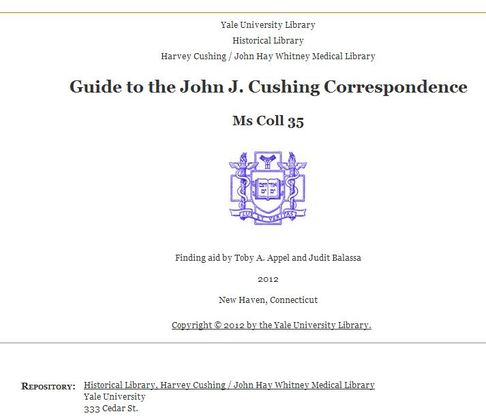
Although we first started with access terms (name, subject, place and genre headings) we eventually came back to them at the last run-through, after I had worked so much with the physical arrangement and description of contents of the collection, that it was much faster to assign a handful more.
I used LCSH and AAT (The Getty) for creating access points to the archive. All the access points in the catalog database also had to be entered into the finding aid, with the appropriate XML tags for name heading, subject heading, genre term, etc. This is how the final product displays in Orbis:
I had the opportunity to spend a few hours working independently using the EAD creation tool on Toby's computer. Below for now is a generic screenshot of XmetaL -- I will supply an image of my finding-aid-in-progress soon. The software creates my finding aid in XML format without the slightest knowledge of XML on my part: I simply type information into fields, it's like electronically filling out an form. Quite convenient.
The real challenge in creating the finding aid is not using this simple interface, but the physical organizing of the collection. As I work with XmetaL on the description of contents, I am continually making decisions about how to meaningfully arrange my materials into folders, how to label the folders, and what is the most helpful information I can provide about their contents.
XmetaL also has a browser view of how the finding aid will eventually display on the library web page. Periodically, I switch to this view as a tangible, visual reminder of the ultimate purpose of my work -- enabling future researchers to discover the materials in this archive.
I wrote a
blog entry on the Historical Library website about the John J. Cushing Collection, featured as a recent acquisition. The image is of one of my favorite stories the doctor tells of attending a woman in labor despite the family's objections to his homeopathic training and bachelor status. He (more precisely, his patient) successfully delivers an 11 pound baby, to everyone's amazement.
I have also begun my next project by verifying the newly acquired collection against the dealer's inventory and description. This mainly involved counting items in folders and checking their condition. I also got a sneak peak into the content, of course, and it promises to be interesting. This one is a variety of materials, about half of it makes up a fairly complete set of correspondence between two Yale educated brothers, both physicians in New Jersey.
Handed over the JR Paul books to Melissa!
Met again with Toby Appel over the Cushing letters. She had successfully located genealogical information on the Cushing family in the Cushing Genealogy of 1905 on Archive.org.
I arranged the letters into enough folders to fill a small archive box. Toby kindly emailed me her “cheat sheet” for archival records; I added 6XX fields to the preliminary bib for this collection. I searched LC authorities to use valid headings wherever possible; for the genre heading, I searched the Art & Architecture Thesaurus.
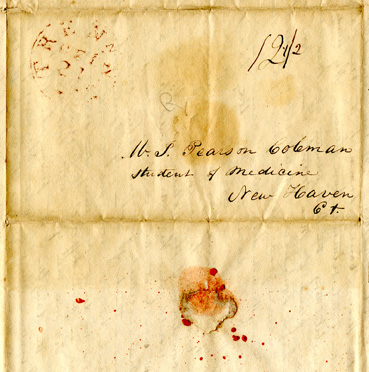
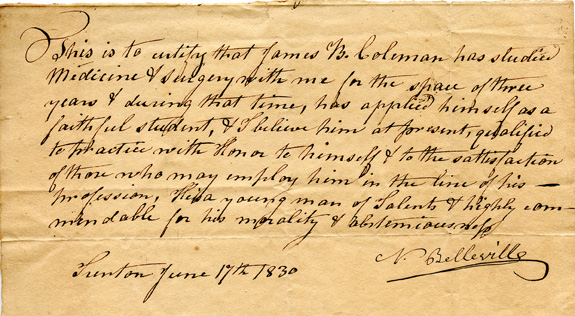

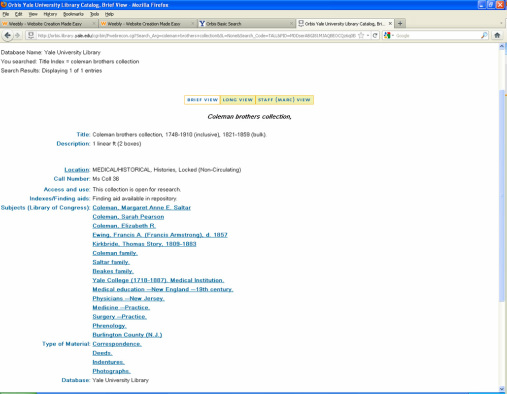
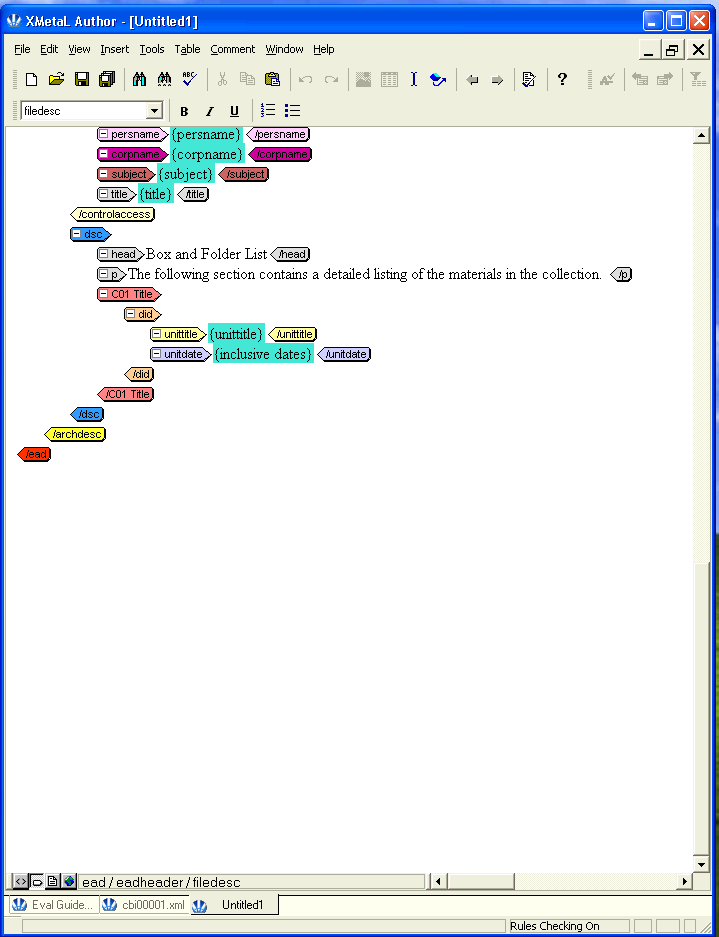
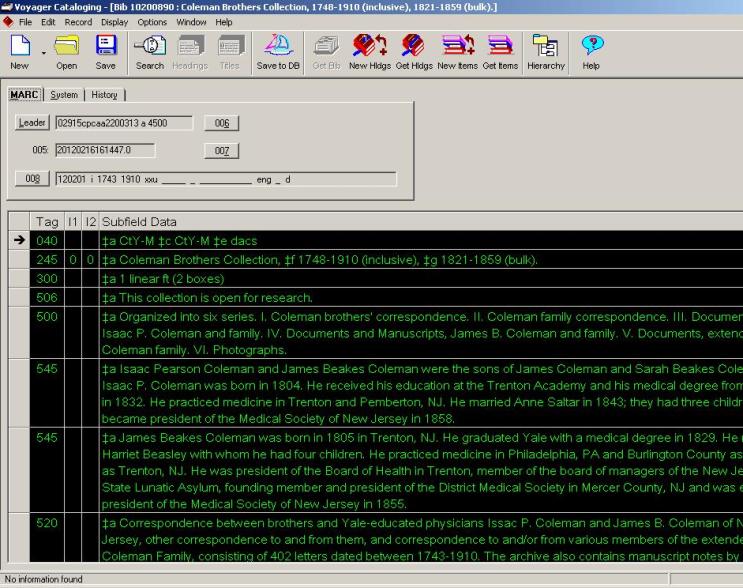
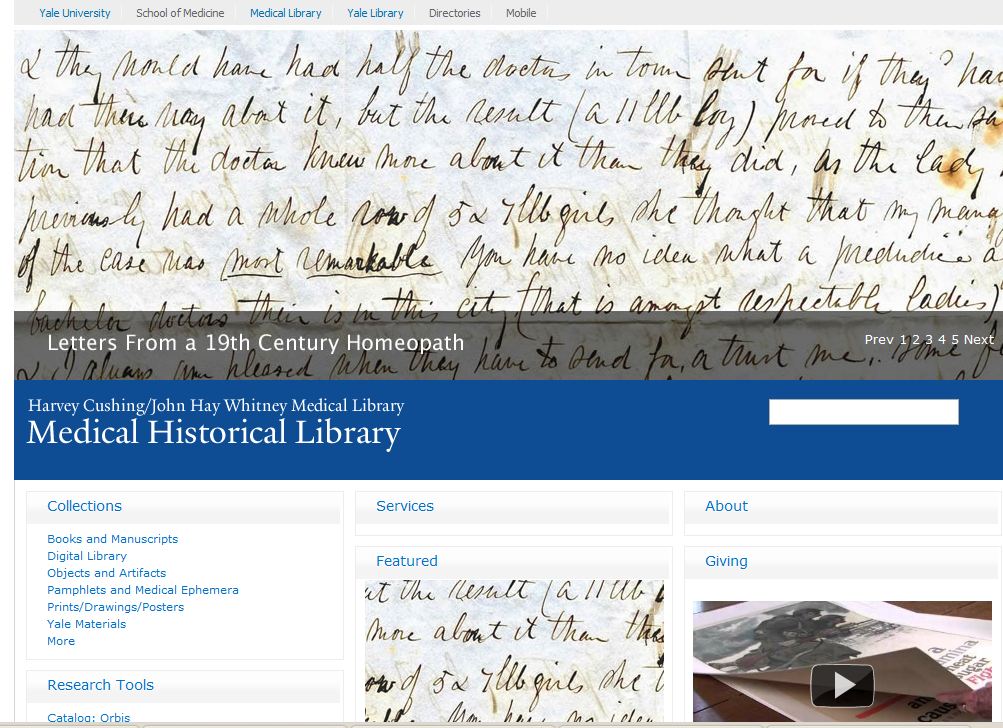
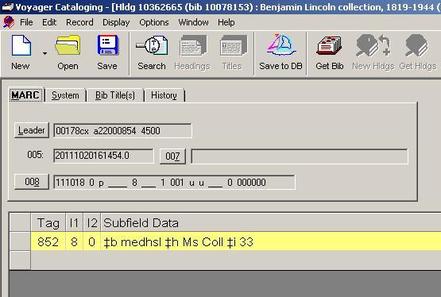
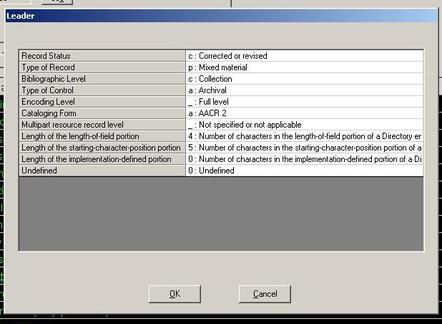

 RSS Feed
RSS Feed